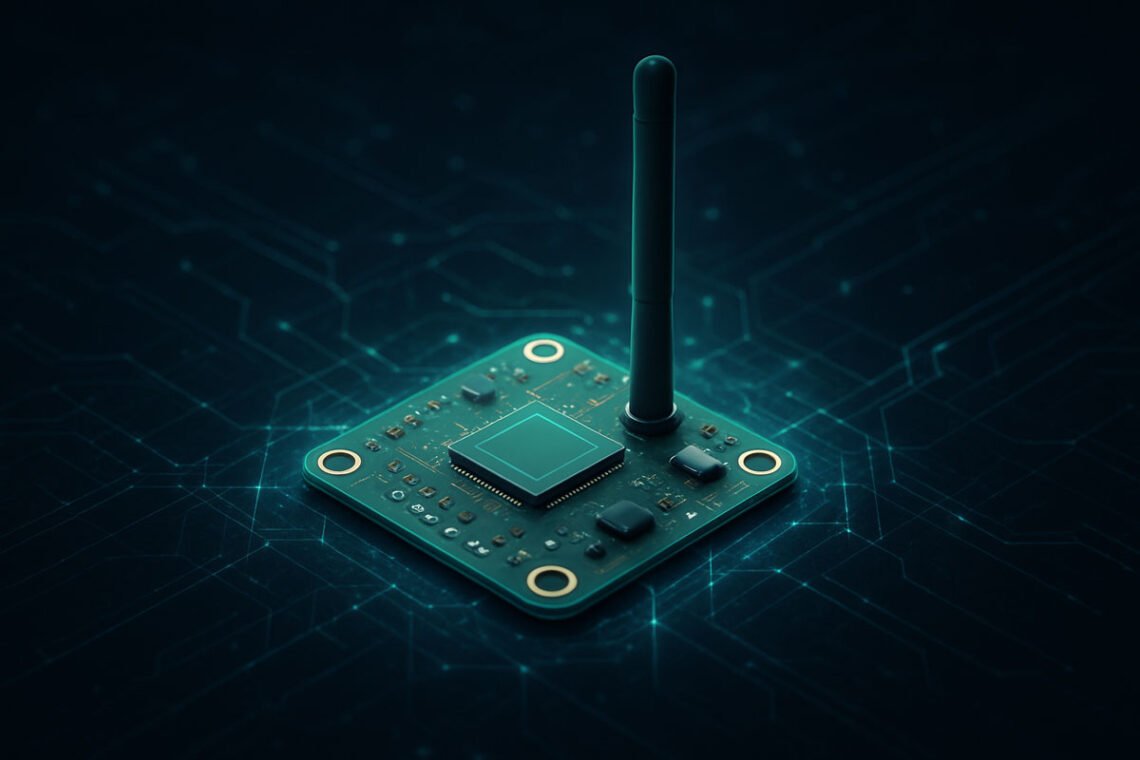The Birth of the Antennino: A Fusion of Power and Simplicity
The Antennino project emerged from a clear need in the burgeoning world of the Internet of Things. It was conceived as a low-cost, low-power microcontroller board that would seamlessly integrate wireless communication capabilities. The name itself is a clever portmanteau, combining “Antenna” and “Arduino” to signify its core identity.
This board is built around the ATmega328P microcontroller, a chip chosen specifically for its PicoPower technology. This feature is absolutely essential for the energy management required in battery-powered, remote IoT applications. The goal was to create a device that could be deployed and left to operate for extended periods without constant maintenance.
H2: Core Technology: The ATmega328P and RFM69 Transceiver
The true innovation of the Antennino lies in its integrated wireless stack. It pairs the robust, Arduino-compatible ATmega328P with the powerful RFM69 transceiver module. This combination is what makes the board so versatile for wireless projects.
The RFM69 operates in the widely used 433MHz frequency band, which is ideal for long-range, low-data-rate transmissions. Crucially, it also supports hardware-level AES cryptography. This built-in security is a significant advantage for applications where data integrity and privacy are paramount.
H2: Unmatched Versatility: Remote Module and Gateway Modes
One of the most compelling aspects of the Antennino is its ability to operate in a dual-role capacity. Depending on the firmware and connected peripherals, the board can function either as a remote sensor module or as a central data collector, known as a gateway.
As a remote module, it is perfectly suited for creating battery-powered sensors for temperature, light, or security alarms. These modules can be placed in hard-to-reach locations and transmit data back to a central point. The low-power design ensures they remain operational for months or even years.
In gateway mode, the Antennino acts as the hub, receiving data from multiple remote modules. While an Antennino can serve as a gateway, more complex setups often utilize a more powerful device like an Arduino Uno or a Raspberry Pi, also equipped with an RFM69 module, to handle data storage and post-processing.
H2: Designed for the Maker: Features and Expandability
The Antennino is thoughtfully designed with the maker community in mind, offering several features that enhance its usability. It includes an on-board Flash memory, which can be utilized for data logging, storing sensor readings over time.
Furthermore, the board is prepared for Over-The-Air (OTA) programming. This means that firmware updates can be pushed wirelessly, a massive convenience for deployed devices. This eliminates the need to physically access each remote unit for simple code changes.
H3: Connectivity and Power Options
To facilitate easy integration with the wider world of electronics, the Antennino includes four dedicated Grove connectors. These simplify the connection of external sensors and components, supporting I²C-Bus, RS232, generic I/O, and analog input. The board can also host a small OLED display, particularly useful when it is configured as a gateway.
Powering the Antennino offers flexibility to suit various deployment scenarios. It is designed to run directly from two standard AA batteries, with clips conveniently placed on the PCB. Alternatively, it can accept an external voltage ranging from 3.6V to 12V, or be directly powered by a regulated 3.3V source for advanced users.
H2: The Antennino’s Impact on Wireless Projects
The introduction of the Antennino board has significantly lowered the barrier to entry for complex wireless projects. By integrating the wireless technology directly onto an Arduino-compatible platform, it saves developers time and reduces the complexity of component selection and integration.
Its combination of low-cost, low-power consumption, and built-in security makes it an ideal choice for a wide range of applications. From home automation and smart agriculture to environmental monitoring and industrial sensing, the Antennino continues to empower hobbyists and professionals alike to build robust and efficient IoT solutions.





